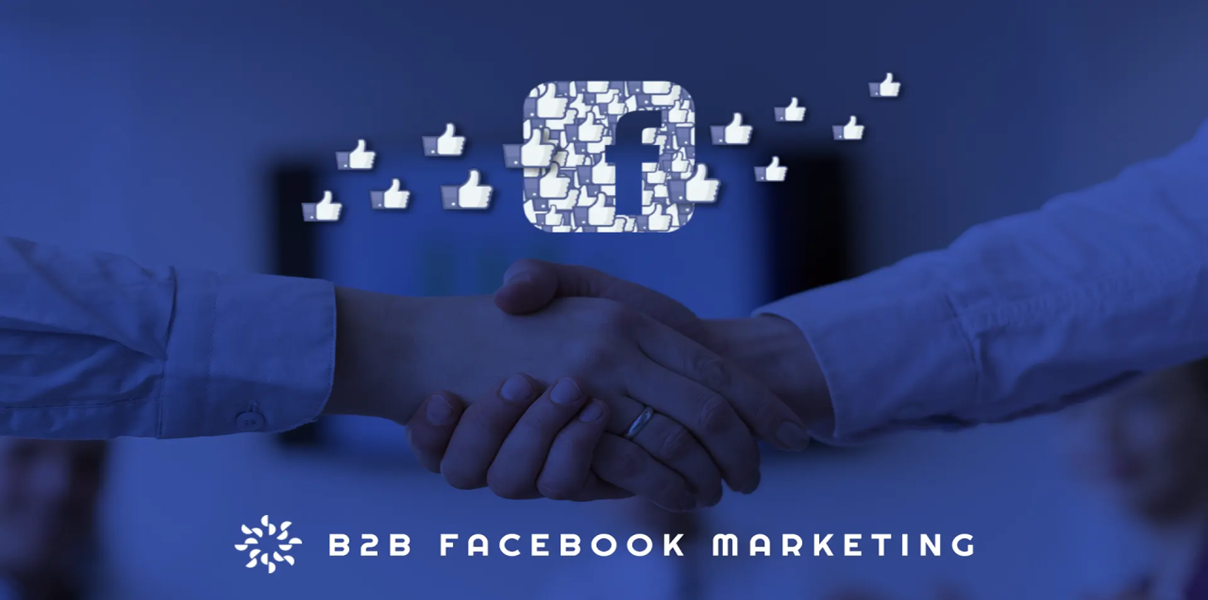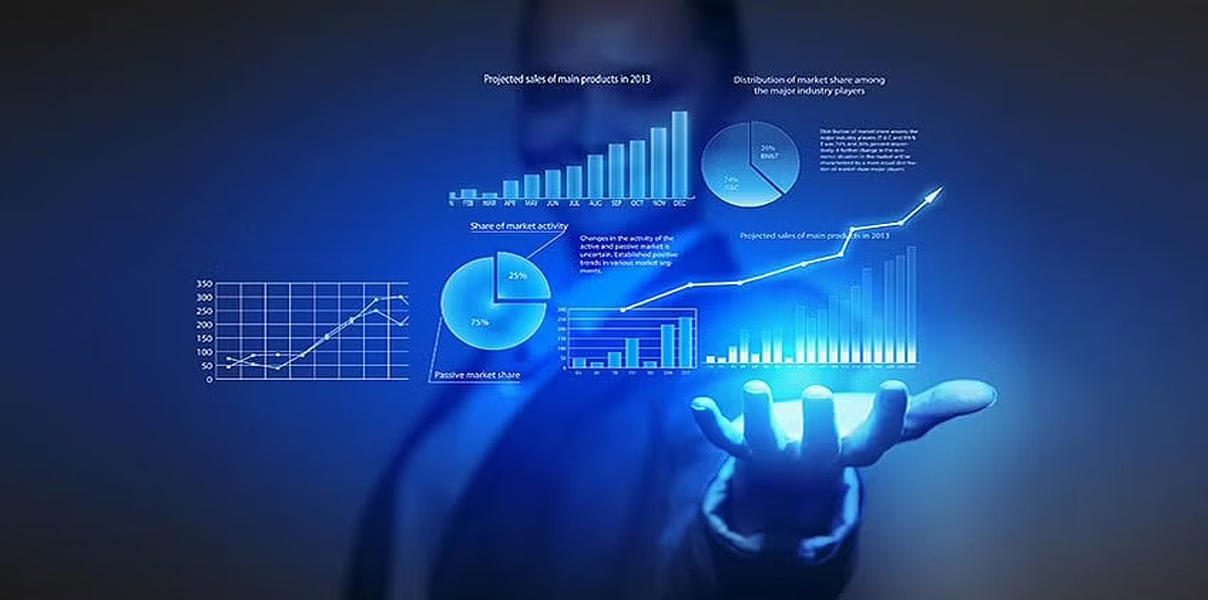With a variety of detailed targeting options, paid social media advertising is a powerful tool for successful B2B marketing.
A successful B2B marketing strategy relies on two things: building awareness and generating qualified leads that can easily convert into paying customers.
And that’s exactly what paid social media is for. Sponsored posts and ads on relevant social media channels can help spread your marketing message to a wider audience.
This approach is so effective that a 2022 report found that nearly 77% of B2B marketers use a paid social media strategy as a core part of their marketing strategy. While organic social media posts are great for maintaining your online presence and repurposing valuable content across social channels, they work hand in hand with paid social campaigns to help you build brand awareness and grow your online following.
Below, we’ll cover some of the most effective paid social strategies for B2B companies and how to get started.
Use LinkedIn
LinkedIn is one of the most effective channels for driving B2B lead generation, with 89% of B2B marketers using LinkedIn for lead generation.
This is no coincidence. LinkedIn’s powerful targeting options with detailed industry-specific variables such as job title, skills, and company size make it a highly customized platform for delivering precise ads to a professional audience ready for B2B marketing.
Highly targeted ad options get real results. HubSpot found that LinkedIn offers the highest conversion rate for paid advertising. One study reported a 6.1% conversion rate for LinkedIn compared to just 2.58% for Google search ads.
So while the cost per link may be higher on LinkedIn, the overall gains remain positive, especially considering that many B2B companies have specific niche markets they target.
Promote your posts
Paid social media strategies work best when combined with a solid organic social media presence. An effective way to integrate both is to promote existing organic posts. Promoting your posts, especially on platforms like Facebook, can increase brand awareness and save you a lot of resources in creating separate, unique content for both paid and organic channels. The average B2B buying cycle averages 2.1 months, so it makes sense to capture leads at every stage of this cycle. Promoting informative organic posts is an effective way to deliver high-quality content to your ideal audience, identifying their pain points and positioning your business as the solution.
In addition, many social media platforms are focusing more on post-post promotion than text ads. For example, LinkedIn introduced thought leader ads, which are a great way to promote posts from internal thought leaders and provide more natural content that is more integrated with your audience’s timeline.
Video content
With an estimated 3.37 billion internet users consuming video content in 2022 alone, the popularity of video marketing shows no signs of slowing down, and B2B companies are increasingly using this to their advantage.
People tasked with researching and purchasing B2B products and services no longer want to listen to lengthy sales pitches to determine whether your company is a good fit for their needs, and are instead turning to alternative resources such as video. Google reports that 7 out of 10 B2B buyers watch YouTube videos before making a purchase. That’s why B2B marketers need to work on effective video content.
YouTube offers marketers a lot of scope through display and bumper ads, providing new ways to build awareness and provide useful content to potential customers. The platform’s highly granular targeting makes it easy to reach qualified audiences and retarget people who have already viewed your previous content.
Measurement
Marketing efforts require constant input and optimization to stay relevant and successful, and paid social media campaigns are no exception. It’s never a good idea to simply set up an ad campaign without regularly checking how it’s performing. It’s therefore important to identify relevant metrics and use them to measure results. With so much available data, it can quickly become overwhelming. Therefore, it makes sense to focus on the key metrics needed to evaluate how well your paid social media strategy is working and whether it is bringing you a good return on investment.
Paid social media campaigns can be difficult to track effectively because they usually require users to click on your ads. Social media ads often have low click-through rates, so users instead search for your brand name on Google. Google Search Console allows you to track your brand’s impressions (the number of times your brand has been searched for).
This is typically used to track brand awareness campaigns, but it’s also a good way to track the success of a particular paid social media campaign. Additionally, it’s useful to have a robust CRM setup that tracks clicks and determines if they converted into leads. Final Thoughts
With a variety of detailed targeting options, paid social media advertising is a powerful tool for successful B2B marketing. Not only does it help you build your audience and focus on the most relevant segments within it, but when used in conjunction with your existing organic social media activity and broader marketing strategy, it also maximizes lead generation and… conversions.








